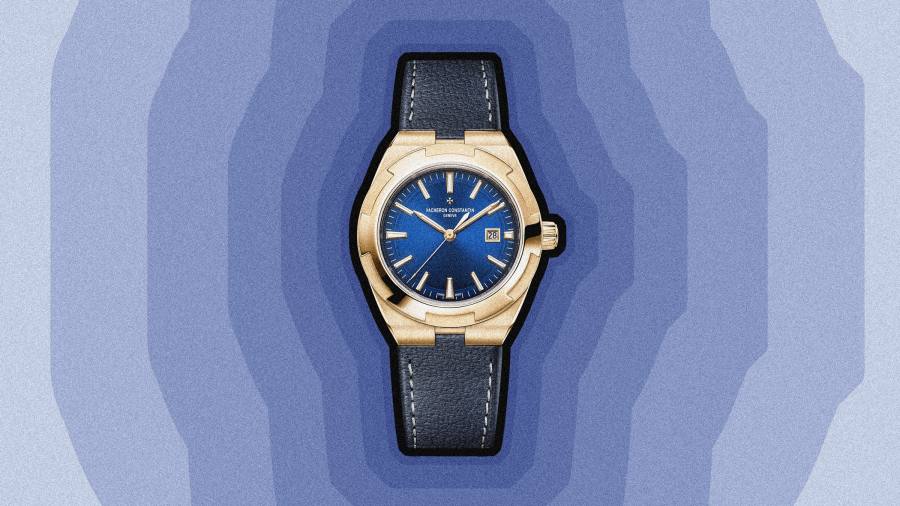
Receive free Watches updates
We’ll send you a myFT Daily Digest email rounding up the latest Watches news every morning.
I crossed a Rubicon this year, albeit a Rubicon that probably existed only in my mind. It happened when I was looking at a new Vacheron Constantin Overseas on a rubber bracelet. Taking it off my wrist and handing it back to the brand’s style and heritage director Christian Selmoni, I muttered the rhetorical question “36mm?” To my surprise I was corrected. The watch, I was informed, was the new Overseas 35mm. It was “developed for both men and ladies”, continued Selmoni, part of a new space they are developing for the so-called “smaller watch”.
Having become used to declining case sizes I had thought, nevertheless, that 36mm would remain the floor for a sporty watch on the male wrist, and yet here was something a whole millimetre smaller that looked (to my eyes) perfect on my admittedly skinny wrist. I am old enough to remember the big watch boom of the 1990s and 2000s. The Royal Oak Offshore, the original cuff-buster of the modern era, is 30 years old this year. It caused a terrific stir at launch for its vital statistics, a 42mm case diameter and height of 14.05mm, sizes that do not sound unusual today but that were, with its rubber-coated pushpieces and waterproof gasket sticking out like the meat in a mechanised hamburger, electrifying at the time. Even though I could not afford it I bought one (paying in instalments) because I thought it so unusual that I feared it would not remain in production for very long.
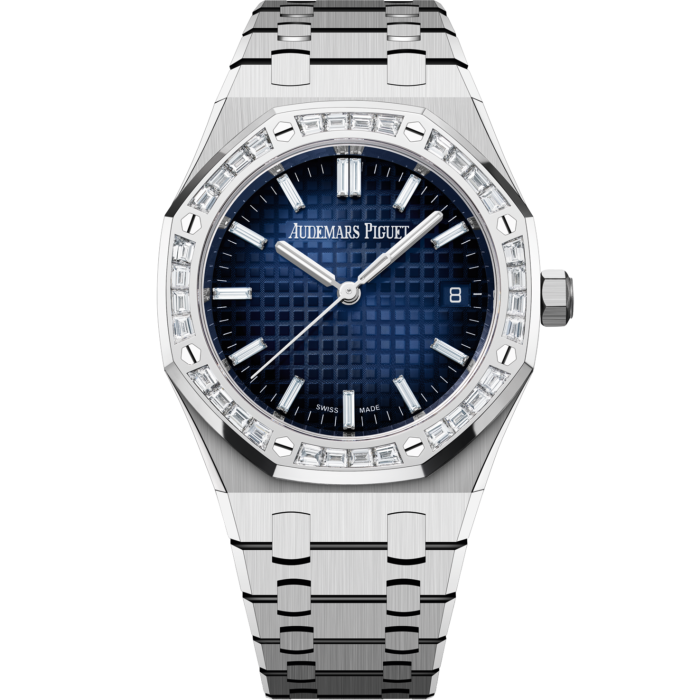
Audemars Piguet white-gold 34mm Royal Oak Selfwinding, £96,300
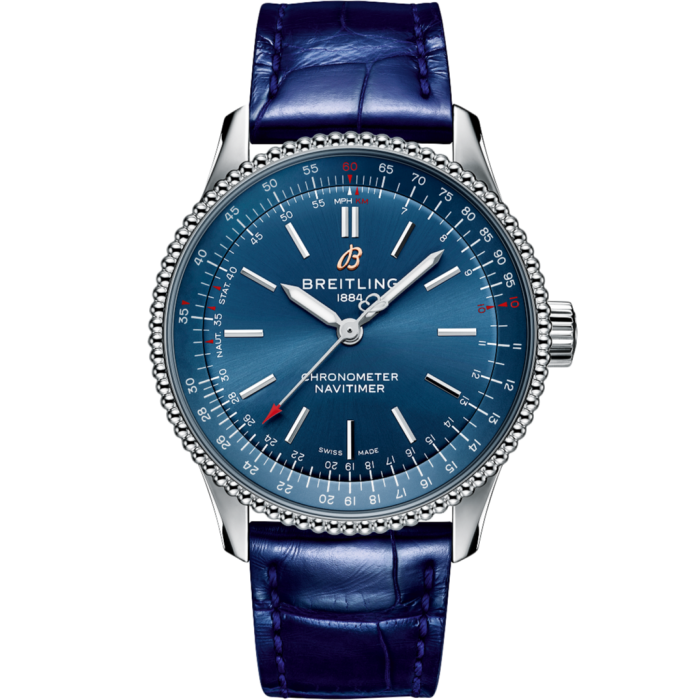
Breitling steel 35mm Navitimer Automatic, from £3,900
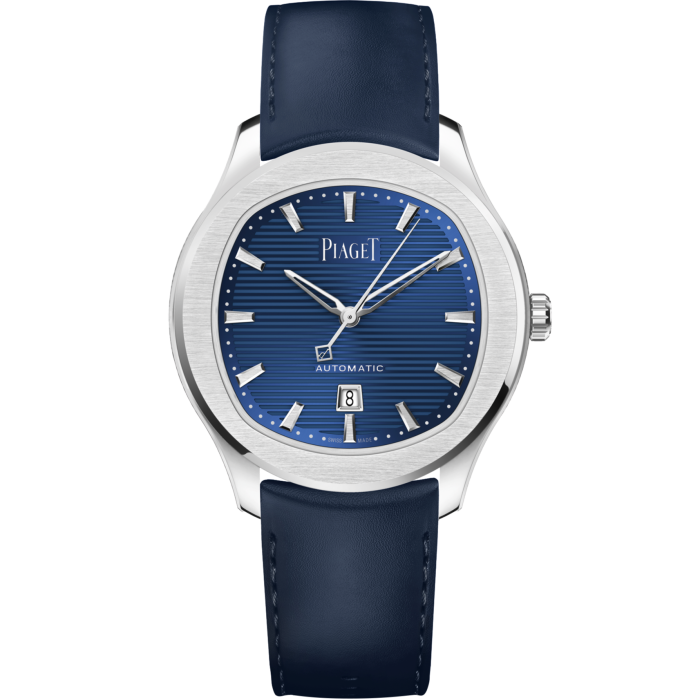
Piaget steel 36mm Polo Date Blue, £10,100
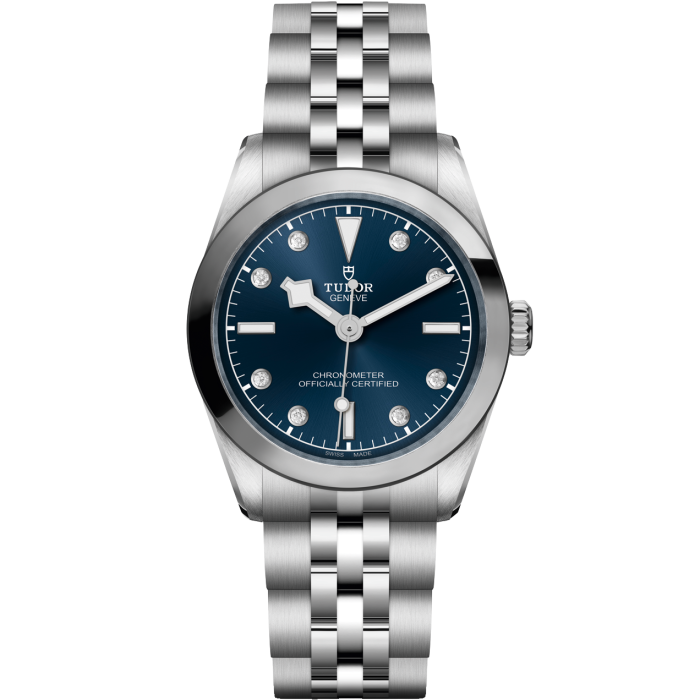
Tudor steel 36mm Black Bay 31, £3,110
I need not have worried: if big was good, bigger was better. Brands such as Breitling, IWC and Panerai became the heroes of the era. Case diameter crept ever further upward with, at one time, 50mm being big but not unusual. But now, one of the hottest recent launches from Audemars Piguet is a 34mm Royal Oak. Breitling has introduced a 35mm Navitimer, and has additional models in the pipeline this autumn.
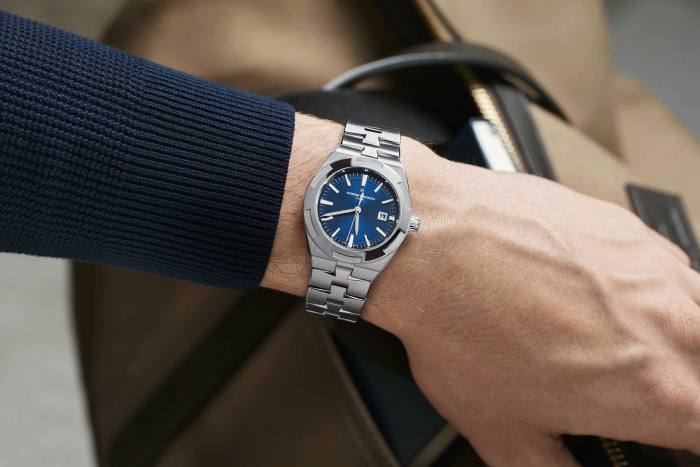
“When I joined the company five years ago, I was always having people saying Panerai was too big for them,” says Panerai CEO Jean-Marc Pontroué. “And it was true. The majority of choice came in the 44, 45 and 47mm cases. Today we offer more choice in terms of smaller watches: when I joined, we had three models in 38mm and now we have 15.”
This year Zenith launched a 36mm version of its signature Defy in a rainbow of candy-coloured shades; ditto TAG Heuer, which brought out a 36mm Carrera date, most noticeably in hot pink, as worn by Ryan Gosling at a press day for Barbie in June. More good news for the small of wrist came this year when Tudor brought out a 36mm version of the Black Bay, its riotously successful heritage dive watch. And one of my favourite smaller sporty models comes from Tudor’s sister company Rolex. Rolex is not a brand given to rash moves, yet in 2021 it reintroduced its 36mm Explorer.
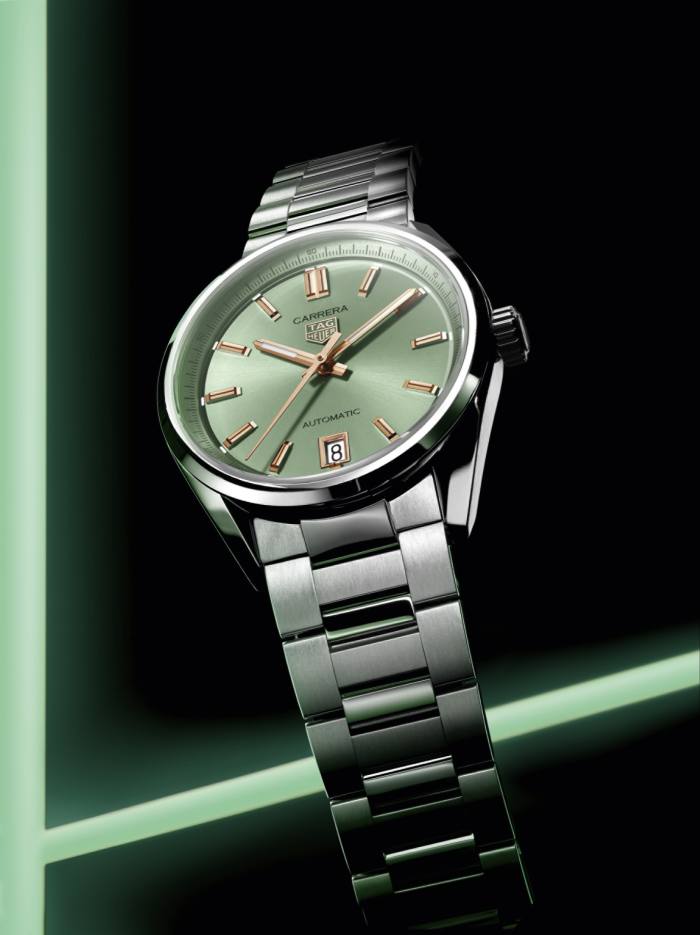
It really seems like 36 is the new 40, and I am happy with that. As a professional contrarian I have long advocated on behalf of smaller watches, not least because I like vintage pieces. For years men’s watches, including many of Patek’s Calatravas, hovered around the low 30s. Even in the early the 1990s, 37mm was seen as a biggish case diameter suitable for a chronograph.
“Following the gender-fluid and vintage trends lately, watches are indeed becoming smaller,” says Benjamin Comar, CEO of Piaget. “The new 36mm Polo Date has been a big hit for us. We knew it would be attractive to women but at 36mm, it’s also selling very well to men.”
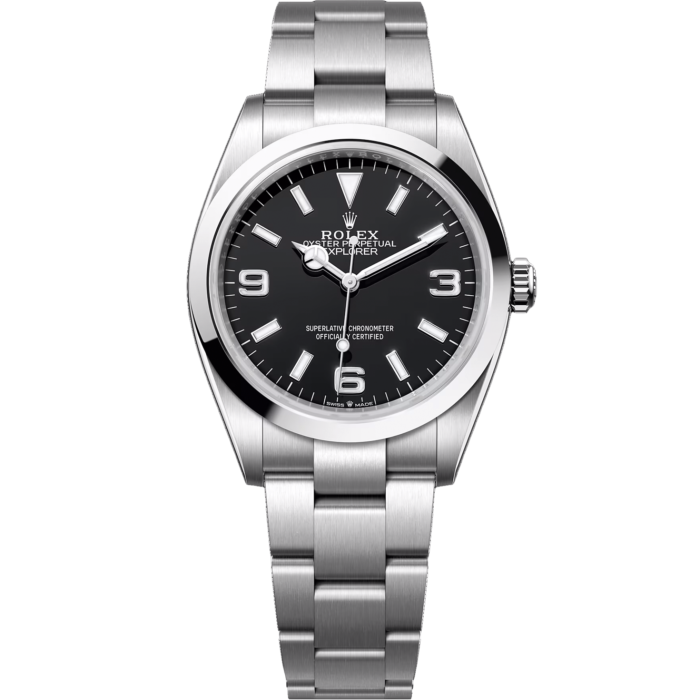
Rolex Oystersteel 36mm Oyster Perpetual Explorer, £6,100
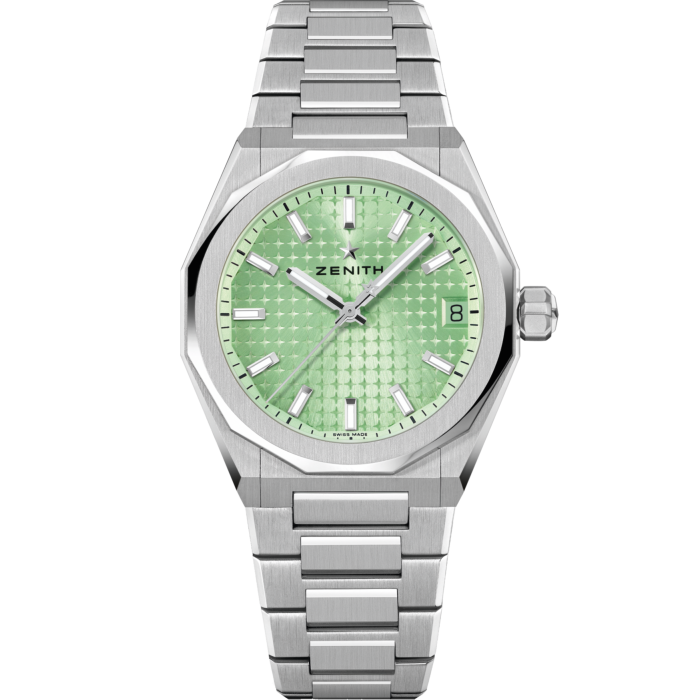
Zenith steel 36mm Defy Skyline, £7,500

Panerai steel 38mm Luminor Due, £6,800
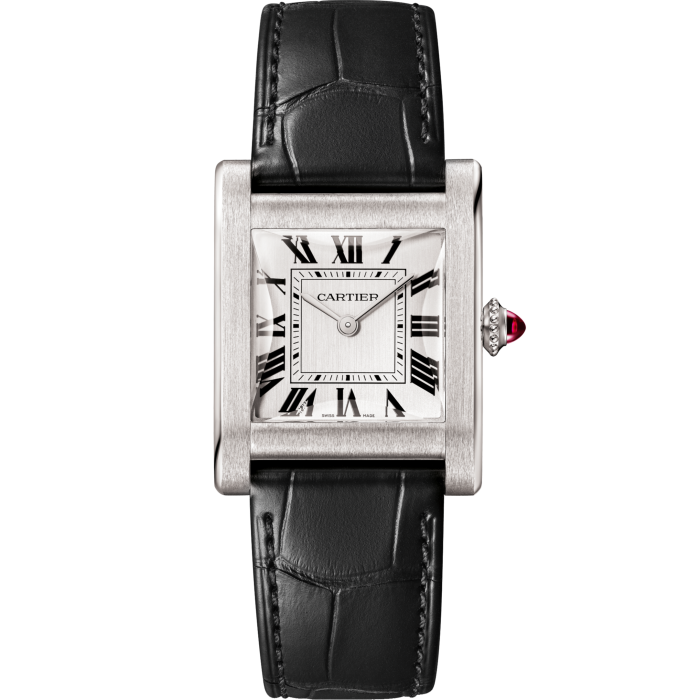
Cartier platinum Privé Tank Normale, £33,400
“There is a return to the origins, to the neo-vintage, with the quest for the icon of watchmaking,” agrees Catherine Rénier, CEO of Jaeger-LeCoultre, “and the sophistication of design creates this trend to seek for smaller diameters.”
FT Weekend Festival

FT Weekend Festival returns on Saturday September 2 at Kenwood House Gardens, London. Book your tickets to enjoy a day of debates, tastings, Q&As and more . . . Speakers include Henry Holland, Rosh Mahtani, Patrick Grant, Luke Edward Hall and many others, plus all your favourite FT writers and editors. Register now at ft.com/festival.
If there is one brand that has gone all-in on a return to classic male elegance it is Cartier. This year’s Tank Normale is a perfect example of what the brand does best. It and the other Cartier classics reissued to considerable acclaim in the past five years have, says the brand’s director of image, style and heritage Pierre Rainero, “created space for another idea of what makes an object elegant”. He has noticed “an interest in the history of watches, especially the beginning of the story of wristwatches in the 20th century, when small was beautiful, because the idea of sophistication was linked to small movements”. This has coincided with what he describes as a “new eye on the expression of masculinity”.
As a lover of small watches, I find it gratifying to have my tastes vindicated by such an arbiter elegantiarum as Rainero, but I also hear a nagging whisper from my inner contrarian suggesting that for no other reason than a desire to be different I might think of digging out my now vintage Offshore and seeing how it wears almost 30 years on.
Then again, maybe men’s watches can, well, get still smaller. I remember that long ago Audemars Piguet made a watch called the Royal Oak Mini with a diameter in the very low 20s. We’ve had the boyfriend watch trend, so maybe it is time for the girlfriend watch? I think I’ll start lobbying Audemars Piguet for its return.